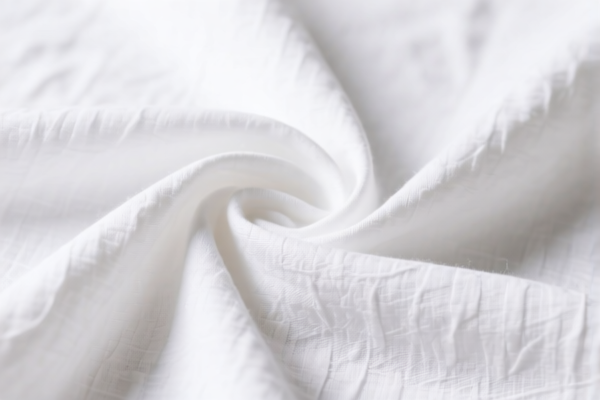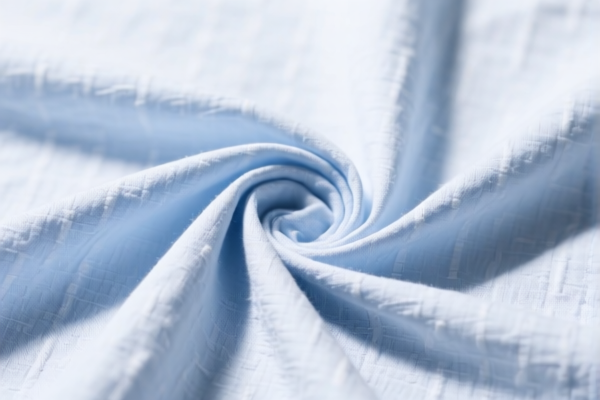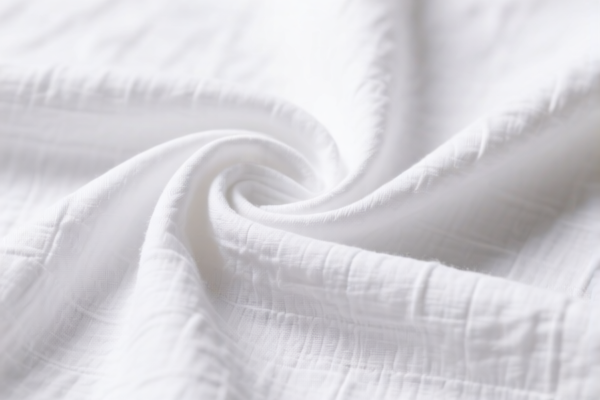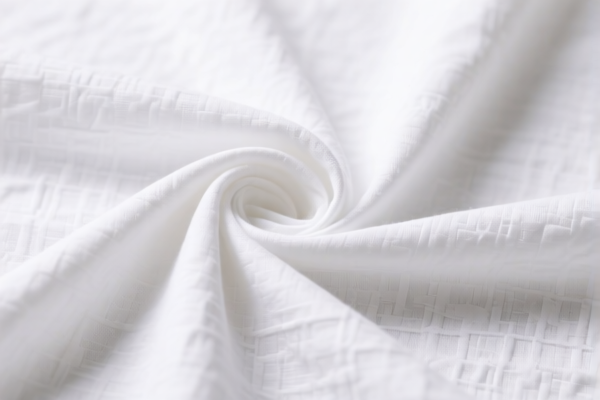| HS Code | Official Doc | Tariff Rate | Origin | Destination | Effective Date |
|---|---|---|---|---|---|
| 6116927460 | Doc | 53.5% | CN | US | 2025-05-12 |
| 6116927470 | Doc | 53.5% | CN | US | 2025-05-12 |
| 6117101000 | Doc | 47.1% | CN | US | 2025-05-12 |
| 6117102010 | Doc | 41.3% | CN | US | 2025-05-12 |
| 5810999000 | Doc | See additional U.S. note 5+30.0% | CN | US | 2025-05-12 |
| 5810929080 | Doc | See additional U.S. note 3+30.0% | CN | US | 2025-05-12 |
| 5811001000 | Doc | 68.2% | CN | US | 2025-05-12 |
| 5811002000 | Doc | 61.3% | CN | US | 2025-05-12 |
| 5801100000 | Doc | 55.0% | CN | US | 2025-05-12 |
| 5801310000 | Doc | 47.2% | CN | US | 2025-05-12 |
| 5802101000 | Doc | 64.8% | CN | US | 2025-05-12 |
| 5802109000 | Doc | 64.4% | CN | US | 2025-05-12 |
| 5806400000 | Doc | 63.0% | CN | US | 2025-05-12 |
| 4015900050 | Doc | 59.0% | CN | US | 2025-05-12 |
| 4015900010 | Doc | 59.0% | CN | US | 2025-05-12 |
| 4016990500 | Doc | 40.9% | CN | US | 2025-05-12 |
| 4016995500 | Doc | 57.5% | CN | US | 2025-05-12 |
| 6304910120 | Doc | 43.3% | CN | US | 2025-05-12 |
| 6304910140 | Doc | 43.3% | CN | US | 2025-05-12 |




Knitted Gloves
Knitted gloves are garments worn to cover the hands, constructed from interlaced loops of yarn or thread. They provide warmth, protection, and can serve various functional and aesthetic purposes.
Materials
A wide range of materials are used in the production of knitted gloves:
- Wool: Traditional and highly effective for warmth, offering natural insulation and breathability. Variations include Merino wool (softness, reduced itch), Shetland wool (durability, rustic texture), and lambswool (exceptional softness).
- Acrylic: A synthetic fiber offering a wool-like feel at a lower cost. Durable, easy to care for, and resistant to fading. Often used in bulkier, less expensive gloves.
- Cotton: Lightweight and breathable, suitable for warmer weather or tasks requiring dexterity. Less insulating than wool or acrylic.
- Polyester: Durable, quick-drying, and resistant to abrasion. Often blended with other fibers.
- Nylon: Strong and resilient, often used for reinforcement or in specialized gloves.
- Silk: Luxurious and lightweight, providing a soft feel and moderate warmth.
- Blends: Combinations of fibers (e.g., wool-acrylic, cotton-polyester) are common to balance properties like warmth, durability, and cost.
- Specialty Fibers: Materials like cashmere, angora, or alpaca are used for premium gloves offering exceptional softness and warmth.
Purpose & Function
- Warmth: Primary function, providing insulation against cold temperatures.
- Protection: Shielding hands from abrasions, cuts, dirt, and chemicals.
- Dexterity: Allowing for fine motor skills and manipulation of objects.
- Hygiene: Maintaining cleanliness in medical, food handling, or laboratory settings.
- Fashion: As a stylistic accessory.
Usage Scenarios
- Winter Wear: Everyday use in cold weather.
- Work Gloves: Construction, gardening, mechanics, warehouse work.
- Medical Gloves: Examination, surgery, laboratory procedures.
- Sports & Recreation: Skiing, snowboarding, cycling, hiking, driving.
- Formal Wear: Often worn with suits or dresses for a polished look.
- Household Chores: Cleaning, dishwashing, handling hot items.
Common Types
- Fingerless Gloves: Expose fingertips for dexterity while providing some hand warmth. Popular in cycling, typing, and fashion.
- Full-Finger Gloves: Cover the entire hand and fingers for maximum warmth and protection.
- Mittens: Enclose the entire hand and fingers in a single compartment, providing superior warmth but reduced dexterity.
- Liners: Thin gloves worn underneath heavier gloves for added warmth and moisture management.
- Touchscreen Gloves: Equipped with conductive material on the fingertips, allowing for smartphone or tablet operation.
- Work Gloves: Reinforced palms and fingertips for durability and protection. Often made from leather, canvas, or synthetic materials.
- Medical Gloves: Disposable gloves made from latex, nitrile, or vinyl, used to prevent contamination.
- Driving Gloves: Form-fitting gloves made from leather or synthetic materials, designed to improve grip and control.
- Thermal Gloves: Insulated gloves designed for extreme cold weather. Often made with multiple layers of materials.
Fabrics knitted gloves generally fall under apparel accessories, specifically those made from knitted materials. Here are relevant HS codes based on the provided information:
- 6116927460: Gloves, mittens and mitts, knitted or crocheted: Other: Of cotton: Other: Made from a pre-existing machine knit fabric: With fourchettes Lisle type, no pile, not brushed or napped. This code specifically applies to cotton gloves made from pre-existing machine knit fabric with a Lisle type structure, lacking pile or brushing. The total tax rate is 53.5%.
- 6116927470: Gloves, mittens and mitts, knitted or crocheted: Other: Of cotton: Other: Made from a pre-existing machine knit fabric: With fourchettes Other. This code covers cotton gloves made from pre-existing machine knit fabric with fourchettes that are not of the Lisle type. The total tax rate is 53.5%.
- 6304910120: Other furnishing articles, excluding those of heading 9404: Other: Knitted or crocheted Of cotton. This code applies to knitted or crocheted cotton furnishing articles, which could include gloves if they are considered furnishing items. The total tax rate is 43.3%.
- 6304910140: Other furnishing articles, excluding those of heading 9404: Other: Knitted or crocheted Of man-made fibers. This code applies to knitted or crocheted man-made fiber furnishing articles, potentially including gloves if classified as such. The total tax rate is 43.3%.
Explanation of HS Code Structure (based on provided information):
- Chapter 61: Articles of apparel and clothing accessories, knitted or crocheted.
- Heading 92: Gloves, mittens and mitts, knitted or crocheted.
- Subheading 74: Other (further specifies material and construction).
- Chapter 63: Other furnishing articles, excluding those of heading 9404.
- Heading 91: Other (further specifies material and construction).
Important Note:
The classification between apparel (Chapter 61) and furnishing articles (Chapter 63) depends on the intended use of the gloves. If the gloves are primarily worn for protection or warmth, they likely fall under Chapter 61. If they are intended for decorative or household purposes, they may be classified under Chapter 63.
Customer Reviews
No reviews yet.